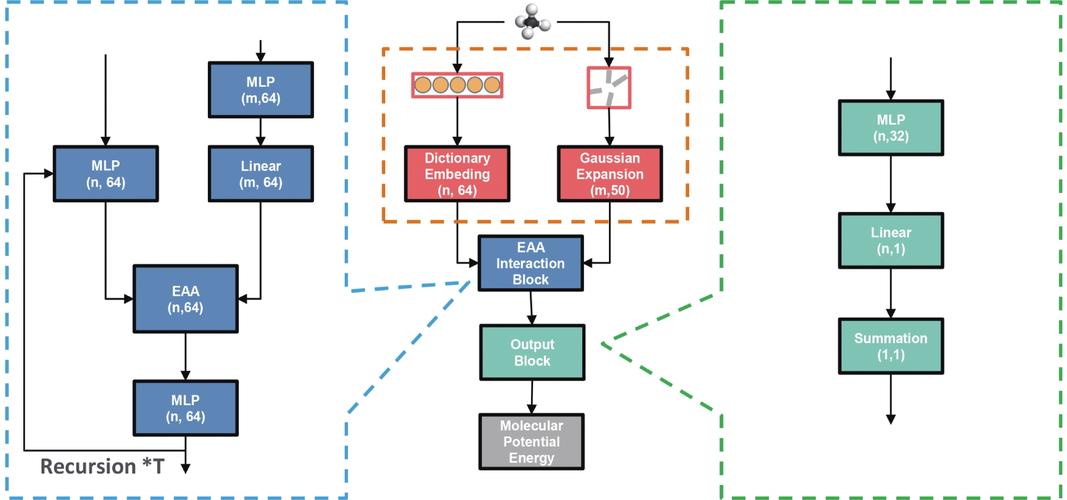Ethereum Layer 2: The Future of Scalability and Decentralization in Smart Contracts
 summary:
Ethereum Layer 2 offers a promising future for scalability and decentralization in smart c...
summary:
Ethereum Layer 2 offers a promising future for scalability and decentralization in smart c... Ethereum Layer 2 offers a promising future for scalability and decentralization in smart contracts. It addresses the challenges faced by Ethereum, such as high transaction fees and slow transaction speeds, by providing an additional layer of processing power. This innovation enables faster and more efficient smart contract execution, while maintaining the security and decentralization core to Ethereum's success. Layer 2 solutions are essential for the growth and widespread adoption of Ethereum-based applications.
In the world of cryptocurrencies and blockchain technology, Ethereum has become a leading platform for smart contracts and decentralized applications. However, with the rapid growth of the Ethereum ecosystem, the need for scalability has become increasingly important. This is where Ethereum Layer 2 (L2) solutions come into play.
Ethereum Layer 2 is a set of technologies designed to enhance the scalability and performance of the Ethereum mainnet. These solutions aim to address the problem of high transaction fees and slow transaction speeds on the Ethereum network by offloading some of the computational and storage requirements to sidechains or other types of secondary networks.
In this article, we will explore the concept of Ethereum Layer 2, its key components, and how it can revolutionize smart contracts and decentralized applications on the Ethereum platform.
What is Ethereum Layer 2?
Ethereum Layer 2 is an umbrella term for a set of technologies and protocols that sit on top of the Ethereum mainnet. These solutions aim to improve the scalability, security, and usability of the Ethereum blockchain by leveraging sidechains, state channels, sharding, and other techniques.
Layer 2 solutions enable developers to build decentralized applications that can handle higher transaction volumes without compromising on security or decentralization. By offloading some of the computational and storage requirements to Layer 2 networks, the Ethereum mainnet can focus on its core function of facilitating smart contracts and maintaining network security.
Key Components of Ethereum Layer 2
1、Sidechains: Sidechains are independent blockchains that are connected to the Ethereum mainnet through two-way bridges. They enable assets to flow freely between the two networks, allowing for scalability without compromising on security or decentralization. Some prominent sidechains include Polygon (previously Matic), Binance Smart Chain, and xDai Chain.
2、State Channels: State channels are off-chain communication channels between two or more parties on the Ethereum network. They enable fast and secure transactions between participants without going through the Ethereum mainnet. State channels can be used for various applications such as microtransactions, gaming, and social apps.
3、Sharding: Sharding is a technique used to divide the workload of a blockchain network into smaller pieces, or shards. By dividing the network into smaller shards, each shard can process transactions independently, leading to improved scalability and transaction speeds. Ethereum 2.0, the upgrade to the Ethereum mainnet, incorporates sharding as a key component for achieving scalability.
4、Plasma: Plasma is a framework designed to enable child chains on top of the Ethereum mainnet. It allows for the creation of independent blockchains with their own rules and consensus mechanisms, while maintaining a connection to the parent Ethereum chain through a root chain. This enables developers to create custom solutions tailored to their specific use cases while maintaining compatibility with the Ethereum ecosystem.
How Layer 2 Solutions Revolutionize Ethereum
1、Scalability: Layer 2 solutions provide much-needed scalability to the Ethereum network. By offloading some of the computational and storage requirements to sidechains or state channels, these solutions enable developers to build applications that can handle higher transaction volumes without compromising on performance or security.
2、Improved User Experience: With faster transaction speeds and lower transaction fees, Layer 2 solutions provide a better user experience for Ethereum users. This enables more people to participate in smart contracts and decentralized applications without worrying about high gas fees or slow transaction speeds.
3、New Application Opportunities: Layer 2 solutions open up new opportunities for application development on the Ethereum platform. Developers can leverage these solutions to build custom solutions tailored to their specific use cases, enabling a wide range of new applications and services on the Ethereum ecosystem.
4、Decentralization and Security: Despite focusing on scalability, Layer 2 solutions maintain the core principles of decentralization and security that are inherent in blockchain technology. This ensures that these solutions are not centralized and are resistant to attacks, providing a robust foundation for smart contracts and decentralized applications.
Conclusion
Ethereum Layer 2 solutions provide a promising future for scalability and decentralization in smart contracts and decentralized applications. With these solutions, we can expect to see more innovative use cases emerge on the Ethereum platform, enabling a wide range of new services and applications for users around the world. As these solutions continue to evolve and mature, we will witness the further growth and adoption of blockchain technology in various industries and sectors.

